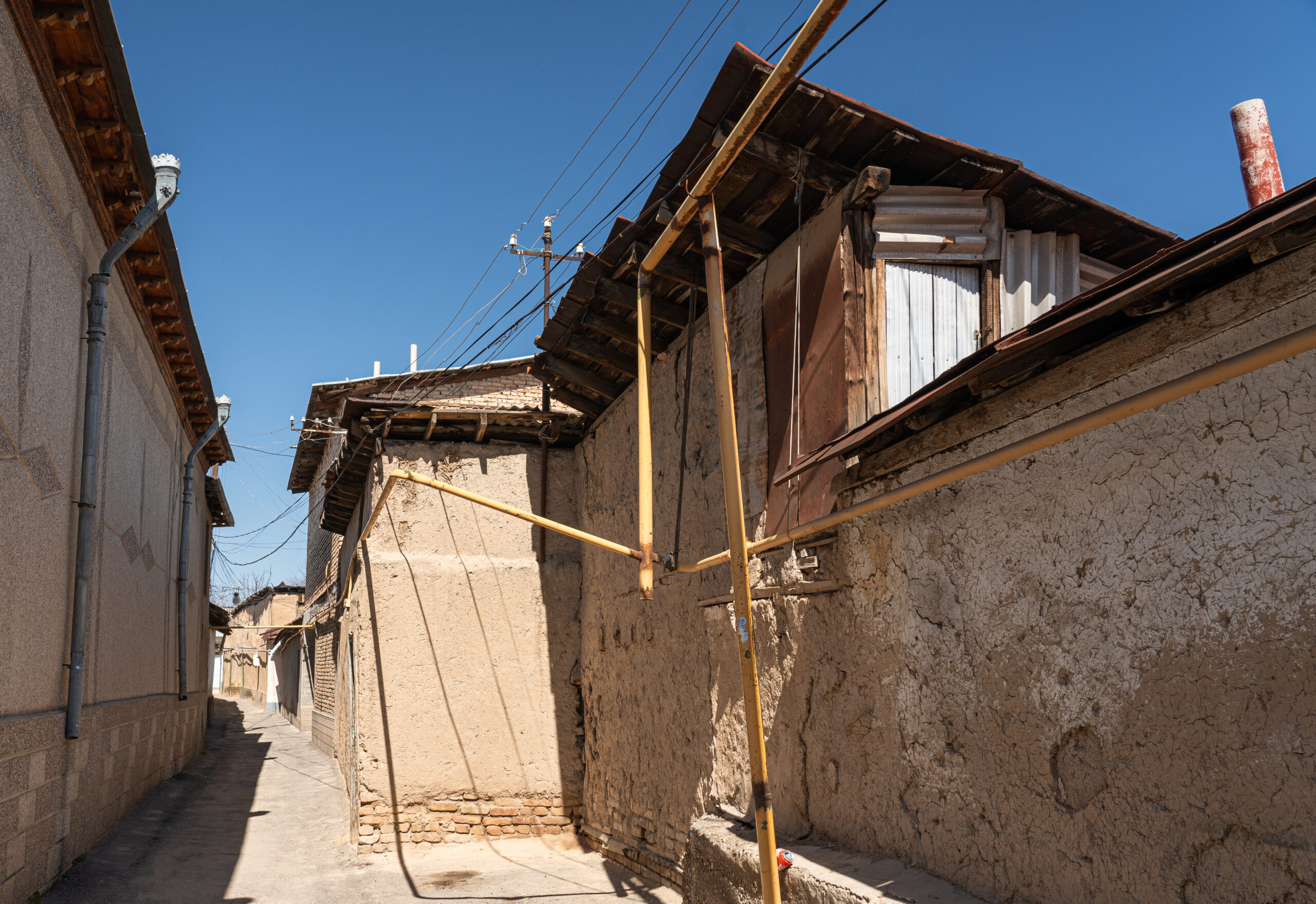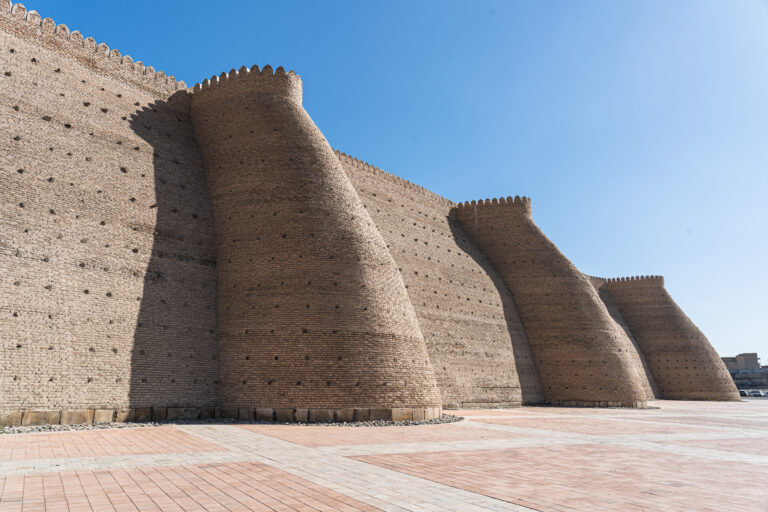Tashkent
Tashkent is a busy capital city that has undergone large investment in building and reconstruction since Uzbekistan’s independence in 1991. Most of the city is fairly modern. There are some reasonable parks, and some official buildings with large green areas that are very much out of bounds. Among the most impressive and well-preserved old buildings in Tashkent can be found at the Hazrati Imam Complex.
It is very easy to move around Tashkent, thanks to its Soviet-built and comprehensive metro. It even makes a fun visit in its own right to see the cosmonauts at Kosmonavatlar, the pillars and colourful tile work at Novza, or the chandeliers at Mustaqillik Maydoni.


I stayed in a newly-reformed and comfortable guesthouse near the main market, Chorsu. The market is huge and has many dedicated areas, including: fruit, vegetables and spices; meat; plants; and a smart building for jewellery.

North of the Chorsu Market is the old area of the city. The area was marked to be pulled down for redevelopment, but it has managed to survive for the meantime by the skin of its teeth.

The area of the old city leads to the 16th century Hazrati Imam Mosque and the Barak Khan Madrasah. Within the complex is the Uthman Quran which is believed to be the oldest copy of the Quran in existence. Alongside the old complex, they are constructing a large Islamic Cultural Centre which is yet to finished but already looks impressive.








